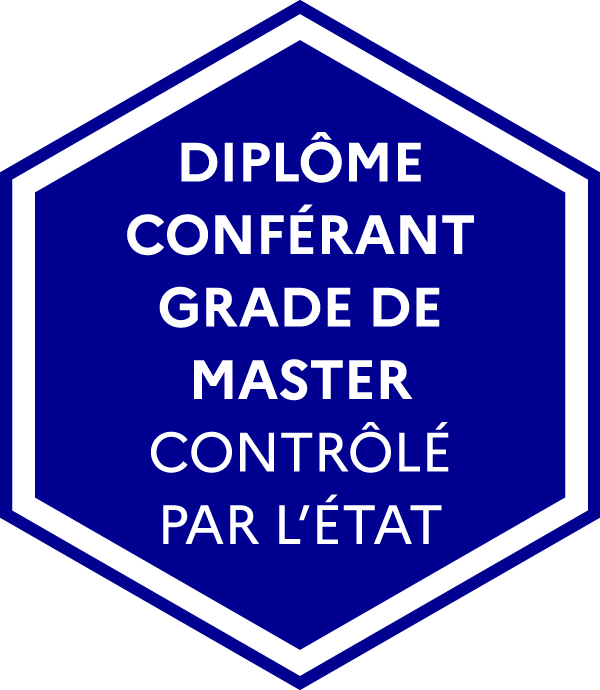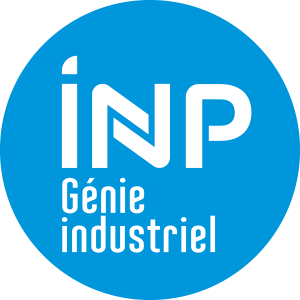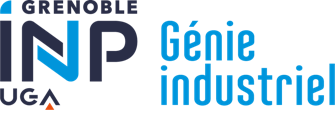Number of hours
- Lectures 19.5
- Projects -
- Tutorials 28.5
- Internship -
- Laboratory works 24.0
- Written tests 2.0
ECTS
ECTS 6.0
Goal(s)
At the end of the course, students will know:
• How to implement the first elements of a functional analysis of a product.
• The different technological components included in products, the manufacturing technologies
and their implication in design.
• How to produce a functional analysis of a simple product.
• How to produce CAD models of parts and how to assembly.
• How to design a simple product and to model it in a CAD tool.
Content(s)
Lectures:
• Notion of life cycle and design methods
• Functional analysis: principles and tools
• Simple structures of mechanical devices (guideways, connections, manufacturing technology,
assembly, sealing)
• Description of simple production processes (foundry, smithy, injection, welding)
Laboratory:
Different activities are set up in groups of about 16 students:
• Learning about CAD software, CAD modelling (3 hours)
• Mechanism analysis: assembly and disassembly of mechanical and/or electromechanical
mechanisms
• Mechanisms studied: tram pump, jig-saw
• Analysis of design choices and presentation of a study report
• Validation of functional requirements by testing products
• Analysis of product performance and presentation of a study report
Design project : suggest a product modification in order to meet new requirements
Skills acquired in the Industrial Sciences: Mechanics course in S1 as well as IFIS course in S1.
Solid mechanics.
Material resistance.
Engineering physics (from preparatory classes which take place prior to entering an
Engineering school)
Practical work (TP) and tutorial work (TD) : presentations, Multiple Choice Questions, study
report, CAD Models, homework, mini project.
E1 = Final written exam from 1st exam period
E2 = Written or oral exam from 2nd exam period
N1 = Final mark from 1st exam period
N2 = Final mark from 2nd exam period
Final mark calculation for the first session :
- Project mark (per groupe) : 2/6 of the final mark
- Written exam mark : 3/6 of the final mark
- Average mark of tutorial work and practical work : 1/6 of the final mark
The project mark can be individually decreased in case of unjustified non-attendance or in case of unappropriate behaviour in the manufacturing workshop.
Second session mark calculation :
- Mark of the second session exam (written or oral)
The course exists in the following branches:
- Curriculum - Engineer student Bachelor - Semester 6
Course ID : 3GUC1400
Course language(s): 
You can find this course among all other courses.
Conception :
Techniques de l'ingénieur : http://www.techniques-ingenieur.fr
Traité mécanique, Traité Génie Industriel Conception et production, traité de matériaux
Introduction à la conception de produit, règles de conception
Dejean, P.-H. (2007). "Introduction à la conception de produit." Techniques de l'ingénieur Génie
Industriel Conception et production (conception de produit ref AG2000).
Pahl and Beitz (2006). Engineering design 3rd Edition, Springer.
Ruef, B. (2005). "Intégrer la sécurité à la conception des produits de grande consommation."
Techniques de l'ingénieur génie Industriel conception et production (méthodes/outils à la
disposition des études AG2420).
cotation
Anselmetti, B. (2007). Bases de la cotation fonctionnelle, Hermes.
Anselmetti, B. (2007). langage des normes iso de cotation, Hermes. liaisons, mécanismes et
assemblages (1)
Agati, P. liaisons, mécanismes et assemblages. Cours, exercices et applications industrielles
avec Méca 3D sous Solid Works et Méca master. M. Rosseto.
Esnault, F. (2000). Construction mécanique - Transmission de puissance. Principes Cours et
exercices corrigés, Dunod.
Esnault, F. (2002). Construction mécanique - Transmission de puissance. Applications: courroies
asynchrones, chaînes, variateurs de vitesses, joints d'accouplement homocinétiques et non
homocinétiques, Dunod. Choix de composant, Dimensionnement des composants
Barlier, C. and R. Bourgeois (2003). Memotech conception et dessin, Casteilla.
Sacquepey, D. and D. Spendle précis de construction mécaniques, calculs technologie
normalisation, Afnor Nathan.
Shigley, J. E. (1996). Standard handbook of machine design second edition, Mc Graw Hill.
ACV :
ROUSSEAUX, Patrick (2022). Analyse du cycle de vie (ACV) - Présentation, méthodologie, applications et limites, Techniques de l'ingénieur
PÉCHENART, Élodie et ROQUESALANE, Arnaud (2014). SimaPro : logiciel d'analyse de cycle de vie, Techniques de l'ingénieur
ISO 14040 (2006). Management environnemental – Analyse du cycle de vie – Principes et cadres
Olivier Jolliet, Myriam Saadé-Sbeih, Pierre Crettaz [et al.] (2017). Analyse du cycle de vie : comprendre et réaliser un écobilan, Lausanne : Presses polytechniques et universitaires romandes
French State controlled diploma conferring a Master's degree

Common Core presentation
Programme courses S5
Programme courses S6
Supply Chain Management
Programme presentation
Programme courses S7
Programme courses S8
Programme courses S9
Programme courses S10
Product Design
Programme presentation
Programme courses S7
Programme courses S8
Programme courses S9
Programme courses S10
Contacts
Academic staff
- Head of studies:
Pierre Lemaire - Head of 1st Year Program:
Abdourahim Sylla - Head of Supply Chain Management Program:
Irène Gannaz - Head of Product design Program:
Yann Ledoux
Registrar's office
- Head of Registrar's office:
genie-industriel.scolarite@grenoble-inp.fr - Secretary's office 1st Year:
Valérie Demicheli - Secretary's office 2nd Year:
Sylvie Malandrino - Secretary's office 3rd Year:
Vincente Odier - International relations department:
Nadia Dehemchi



